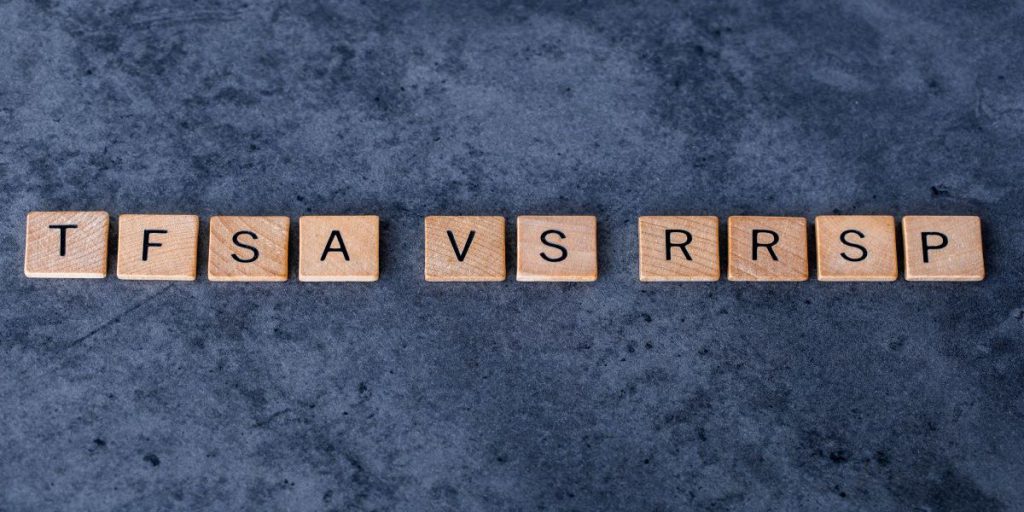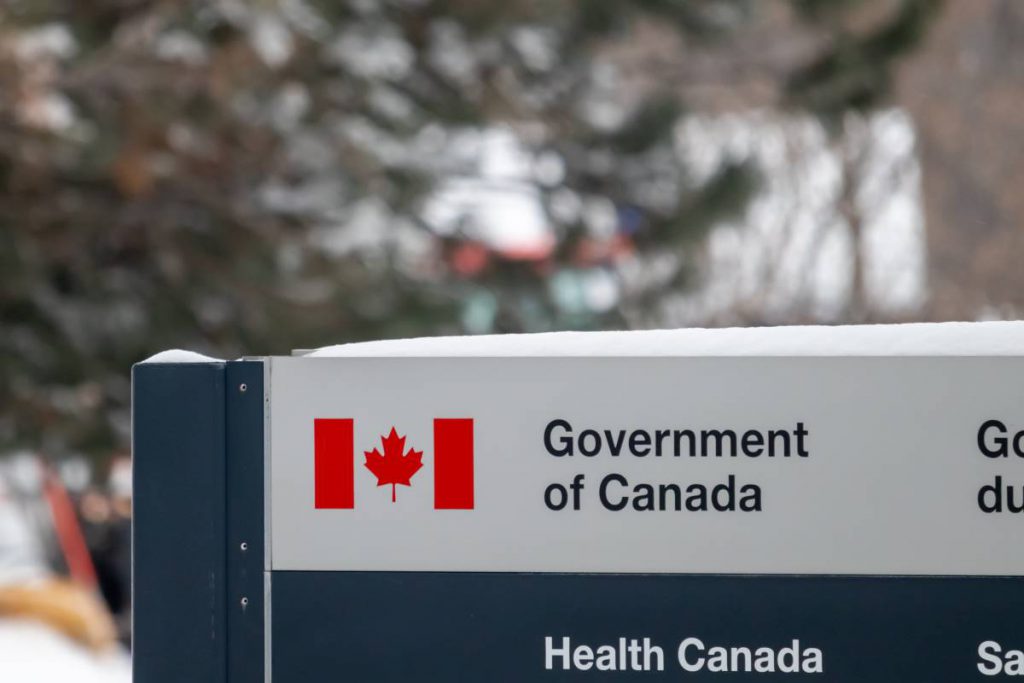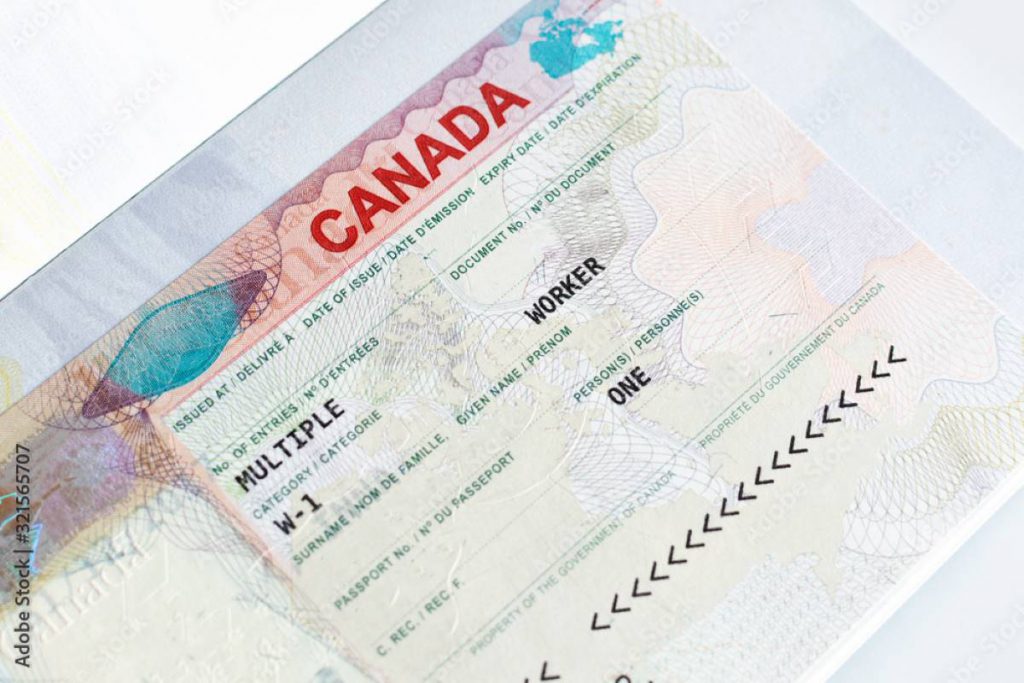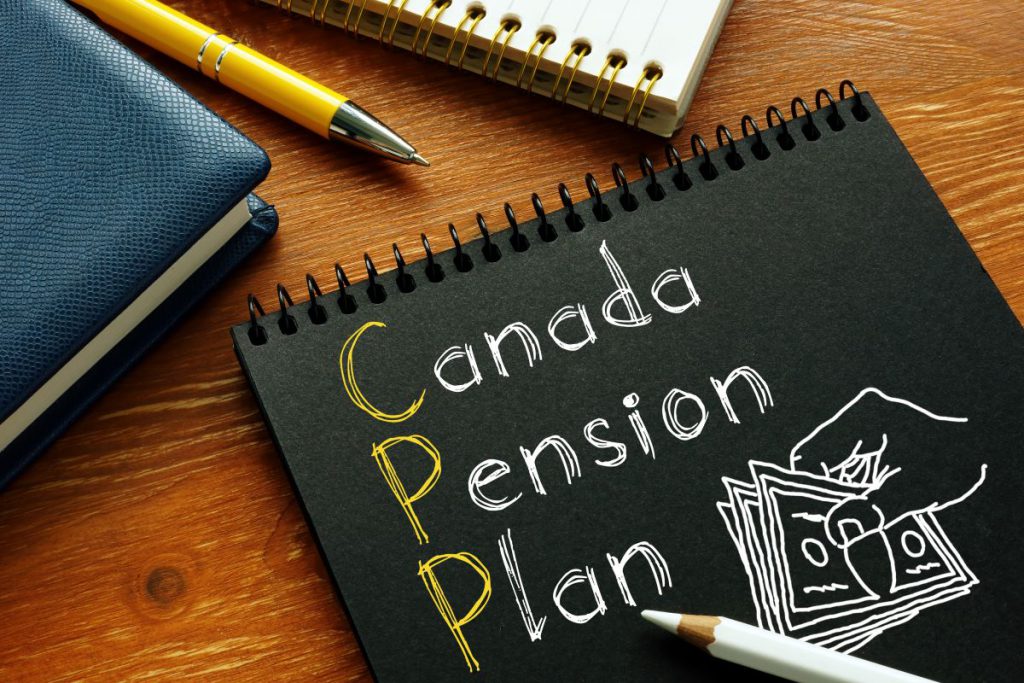When you are young, and you are at the beginning of your work life, thinking about retirement may seem odd. However, it’s essential that you start considering setting a retirement savings plan for your future peace of mind as soon as you can; the earlier you start contributing to it, the better off you’ll be when you decide to retire.
Broadly speaking, there are two main ways to save for retirement. You may opt for a Registered Retirement Savings Plan (RRSP) or a Tax-Free Savings Account (TFSA).
Let’s explore the choices available to you in more detail to help you make your decision.

WHAT IS THE RRSP?
The RRSP (Registered Retirement Savings Plan) is an individual savings plan set up by you and registered by the federal government. It enables the subscriber to save money for retirement by making contributions that can be deducted from taxable income. They can contain different types of investments, such as cash, mutual funds, bonds, certain shares of small business corporations, and guaranteed investment certificates, among others.
To set up your RRSP, you must:
- Be under 71 years old
- Be currently working (employed or self-employed)
- Declare and pay your income taxes
The main types of RRSPs are:
- Self-directed RRSP. This plan allows you to take control of your assets and make investment decisions yourself. Some common types of qualified investments are money, mutual funds, guaranteed investment certificates, and securities listed on a designed stock exchange. If you buy non-qualified investments in your RRSP, there will be tax implications. Check if your financial institution offers this kind of RRSP and can take care of getting the plan registered, receiving the amounts you contribute, and trading securities.
- The spousal or common-law partner RRSP. This type of plan ensures the retirement income is more evenly split between you and your partner. The funds belong to both spouses, but the tax benefits can only be enjoyed by the person who makes the contributions.
NOTE: the total amount you contribute cannot be more than your available contribution room for that year. You can find out about your contribution room limit and your deduction limit on MY Account for Individuals; MyCRA at Mobile apps – Canada Revenue Agency; Represent a Client (if you have an authorized representative); or by calling the Tax Information Phone Service (TIPS) at 1-800-267-6999.
TAXATION OF RRSPs
All savings in your RRSP are tax-deductible as long as the funds remain in the plan. Most people use RRSPs to save for retirement, but the funds invested are available to you at any time. In order to withdraw money from your RRSP, you need to contact the financial agency you chose to set up your plan with.
However, if you cash in, make withdrawals, or receive payments from the plan, you will be taxed on it. How much you’ll get taxed depends on whether you are a Canadian resident, where you live, and how much you withdraw. You can check the tax rates here.
NOTE: Some RRSPs are locked-in, this means you won’t be allowed to withdraw funds from them. If you do not know if your RRSPs are locked in, contact your RRSP issuer.
HOW TO OPEN A RRSP
To open an RRSP, simply book an appointment with the financial institution (bank, credit union, trust, or insurance company) of your choosing. Take some time to learn about the fees, terms, and investment options offered by each institution before you make your decision.
You can then make regular contributions by automatic withdrawal or annual contributions.
WHAT IS A TFSA?
The TFSA (Tax-Free Savings Account) allows individuals to save tax-free money through their contributions and through the income resulting from several types of investment (for example, from capital gains). You can open more than one TFSA, but there’s a limit on how much you can contribute per year; in the year 2021, the limit is $6000.
To open a TFSA, you must:
- Be a Canadian resident
- Be 18 years of age or older (check if you need to be 19 in your province or territory)
- Have a valid Social Insurance Number (SIN)
NOTE: You can also open this account if you are a non-resident of Canada, but you must have a valid SIN. Unlike the contributions of residents, yours will be subject to a 1% tax each month.
There are three types of TFSAs:
- Deposit
- Annuity contract. It’s a financial contract between a person and an insurance company that provides retirement income or death benefits.
- Arrangement in trust. It’s a legal arrangement where one or more people (the trustees) control money or assets (the trust property), for the benefit of one or more people (the beneficiaries).
You can also set up a self-directed TFSA. This option allows you to build and manage your own investment portfolio by buying and selling different types of investments. For more information on how to make investments, contact a TFSA issuer (your bank, insurance company, credit union, or trust company).
TAXATION OF TFSAs
Deposits to your TFSA will not be tax-deductible, but the amounts you withdraw and the interest on it will not be taxable. The money in your TFSA is available at any time of your life and you can use it as you want. When you withdraw money from your RRSP, the money you receive and the interest you earn won’t be taxed. The amount withdrawn will be added to your next year’s contribution room and can be re-contributed later on.
HOW TO OPEN A TFSA
To open a TFSA, simply contact your financial institution, credit union, or insurance company. You will need to provide your SIN, date of birth, and choose the type of TFSA you want to open (deposit, annuity contract, or trust arrangement) so they can register your arrangement as a TFSA.
IN CONCLUSION
There are two main ways to save for retirement in Canada. The RRPS is a savings plan that is tax-deductible, as long as you make no withdrawals, and has a high contribution limit. However, there is an age limit to open one: you must be under 71 years old.
The TFSA, on the other hand, is an account you can open at any time after you reach 18 years of age (or 19 depending on where you live). Unlike RRSPs, you can have more than one TFSA, but they have a lower maximum amount limit on what you can deposit each year; in 2021 it is $6000. Your contributions are not tax-deductible, but the withdrawals and interests are not taxable.
We hope you found this article useful. For further information, check the Official Government of Canada Site.







